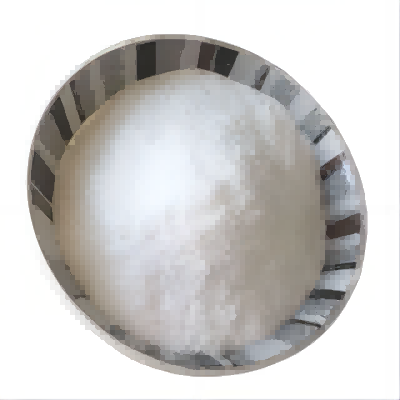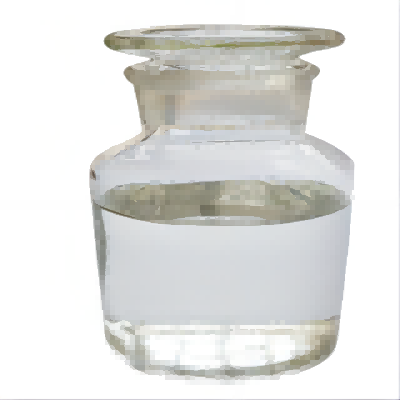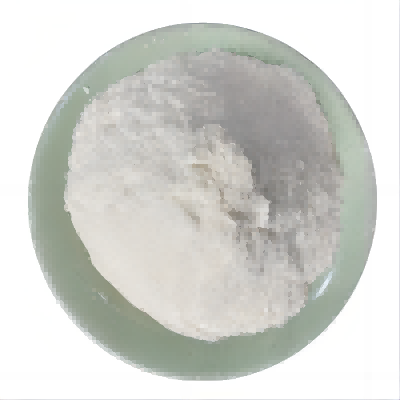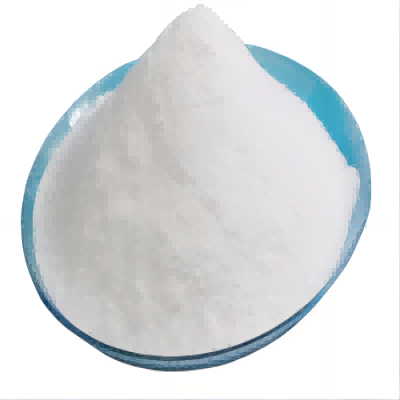2,2-diphenyl-1-picrylhydrazyl CAS:1898-66-4
2,2-Diphenyl-1-picrylhydrazyl (DPPH) serves several significant purposes, particularly in antioxidant research, food science, and biochemical assays. One of the primary applications of DPPH is in assessing the antioxidant capacity of various substances. The DPPH assay is a widely used method to evaluate how effectively a substance can neutralize free radicals. In this assay, DPPH, a stable free radical, exhibits a deep purple color due to its unpaired electron. When antioxidants are introduced, they donate an electron or hydrogen atom to the DPPH radical, resulting in a color change from purple to yellow. This colorimetric change can be quantitatively measured using spectrophotometry, allowing researchers to determine the antioxidant activity of food extracts, essential oils, and pharmaceutical compounds. In food science, DPPH is particularly valuable for evaluating the antioxidant properties of natural products, such as fruits, vegetables, herbs, and spices. These antioxidants play a critical role in preserving food quality by preventing oxidation, which can lead to rancidity and nutrient loss. By using DPPH, manufacturers and researchers can identify potential natural preservatives and health-promoting ingredients that may enhance food stability and safety. In pharmacology, DPPH is utilized to investigate the antioxidant effects of various drugs and herbal remedies. Many chronic diseases, including cancer and cardiovascular diseases, are associated with oxidative stress caused by free radicals. By analyzing the antioxidant potential of various compounds through the DPPH assay, researchers can explore their therapeutic effects and potential health benefits. Moreover, DPPH has applications in educational settings, where it is used as a demonstration reagent in chemistry labs to teach students about free radicals, redox reactions, and spectrophotometric analysis. Such practical laboratory experiences help students understand the principles of antioxidants and their significance in both health and disease. Despite its usefulness, precautions should be taken when handling DPPH, as it can be harmful if ingested or inhaled. Proper safety measures must be followed in laboratory environments. Overall, 2,2-diphenyl-1-picrylhydrazyl is an essential reagent in both research and industry, proving invaluable in advancing our understanding of antioxidants and their implications in health and nutrition.



| Composition | C18H14N5O6 |
| Assay | 99% |
| Appearance | white powder |
| CAS No. | 1898-66-4 |
| Packing | Small and bulk |
| Shelf Life | 2 years |
| Storage | Store in cool and dry area |
| Certification | ISO. |









